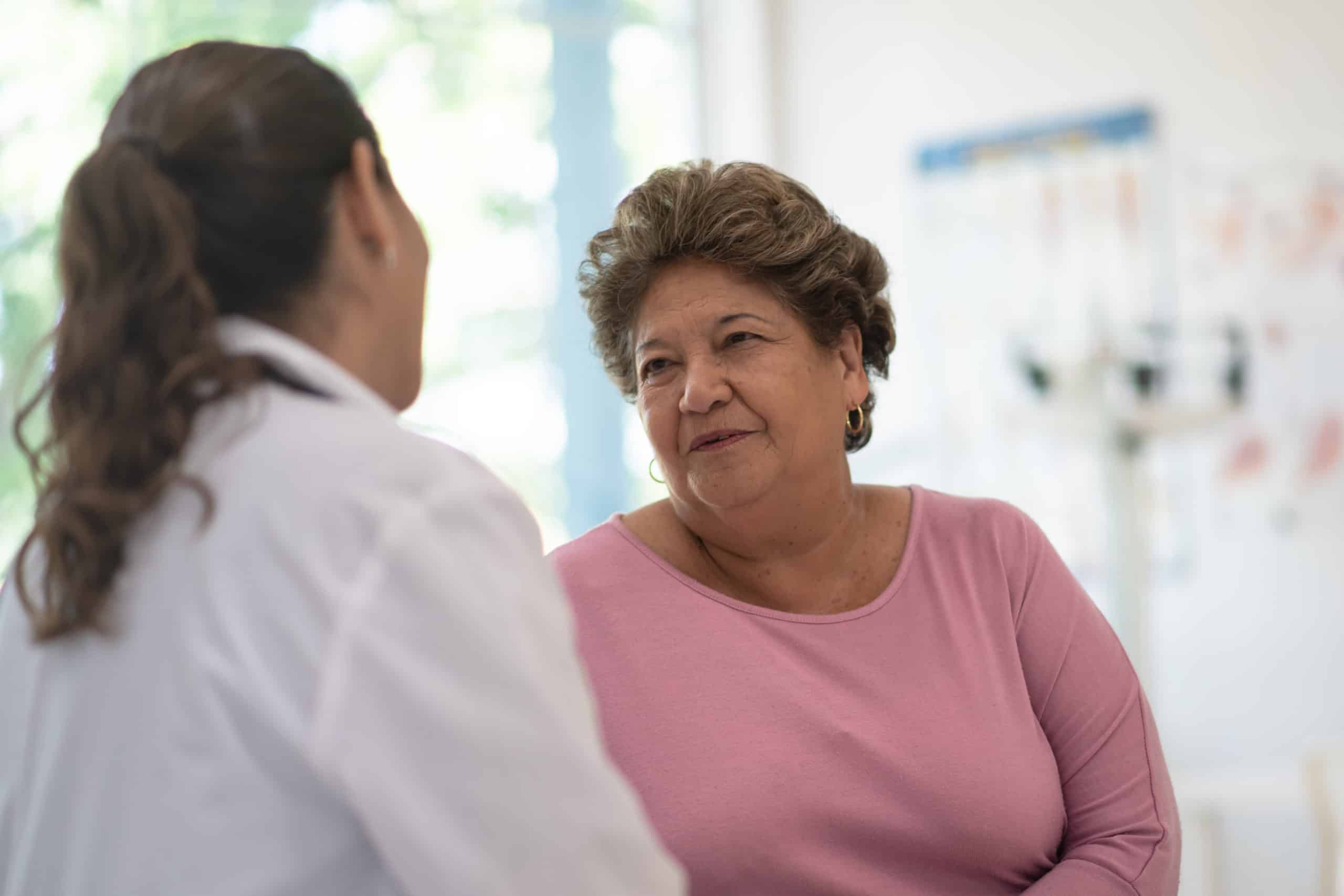Treatments, resources & risk factors
ECU Health offers advanced technology for detecting breast cancer

October is Breast Cancer Awareness Month. We are here to serve you whether you have a diagnosis or it is time to have a screening. Screenings detect issues early, when they’re easiest to treat.
3D Mammography Breast Cancer Screening
3D mammography takes pictures of the breast from many angles, creating images that are much more clear and detailed than those taken with traditional scans. This makes it easier to detect small tumors, even those that cannot be felt. Key advantages of 3D mammography include:
- Greater detail for improved accuracy
- 40 percent increase in cancer detection
- Locates more invasive, life-threatening tumors
- Better at detecting cancer in dense breast tissue
- Digital images allow doctors in other locations to consult if needed
- Fewer call-backs, resulting in less anxiety
- Patient-friendly design that is more comfortable for all breast sizes
- Screening costs covered by most insurance plans
ECU Health offers 3D mammography at 11 convenient locations throughout eastern North Carolina. Call to schedule an annual mammogram.
- ECU Health Bertie Hospital
1403 S. King Street, Windsor
252-482-6245 - ECU Health Chowan Hospital
211 Virginia Road, Edenton
252-482-6245 - ECU Health Duplin Hospital
401 N. Main Street, Kenansville
910-296-8875 - ECU Health Edgecombe Hospital
111 Hospital Drive, Tarboro
252-641-7375 - ECU Health Healthplex – Wilson
3724 Raleigh Rd Pkwy W, Wilson
252-246-8840 - ECU Health Medical Center
524 Moye Boulevard, Greenville
252-847-4541
- ECU Health Multispecialty Clinic – Kinston
701 Doctors Drive Suite N, Kinston
252-559-2200 - ECU Health North Hospital
210 Smith Church Road, Suite E, Roanoke Rapids
252-535-3417 - Outer Banks Health Hospital
4800 S. Croatan Highway, Nags Head
252-449-5918 - ECU Health Roanoke-Chowan Hospital
500 S. Academy Street, Ahoskie
252-209-3033 - ECU Health Women’s Care-Washington
1204 Brown Street, Washington
252-946-6544
Breast Cancer represents about 30 percent of all new female cancers each year.
Use this as a guide, remembering that your health needs are as unique as you are. It’s important to talk with your provider about how your family history, personal history and lifestyle could affect when you need certain screenings or tests.
Risk Factors
The main factors that influence your breast cancer risk are being a woman and getting older. Other risk factors include:
- Changes in breast cancer-related genes (BRCA 1 or BRCA2).
- Having your first menstrual period before age 12.
- Never giving birth, or being older when your first child is born.
- Starting menopause after age 55.
- Taking hormones to replace missing estrogen and progesterone in menopause for more than five years.
- Taking oral contraceptives (birth control pills).
- A personal history of breast cancer, dense breasts or other breast problems.
- A family history of breast cancer (parent, sibling or child).
- Getting radiation therapy to the breast or chest.
- Being overweight, especially after menopause.
Symptoms
Some warning signs of breast cancer may include:
- New lump in the breast or underarm (armpit).
- Thickening or swelling of parts of the breast.
- Irritation or dimpling of the breast skin.
- Redness or flaky skin in the nipple area of the breast.
- Pulling in of the nipple or pain in the nipple area.
- Nipple discharge other than breast milk, including blood.
- Any change in the size or shape of the breast.
- Pain in the breast.
If you have signs or symptoms, talk with your doctor right away. Starting at age 40, begin talking with your doctor about the need to receive regular mammograms. Women at higher risk may need to start screenings earlier. Discuss your risk factors with your doctor.
Hear From a Provider
Online Risk Assessments
Knowing your risk will help you have the power of early detection. Take a free risk assessment, and talk to your provider about screenings that are right for you.
Breast Cancer Awareness Month Events
Connect with us throughout October at events near you.

Need help or have a question?
Call 252-816-2273